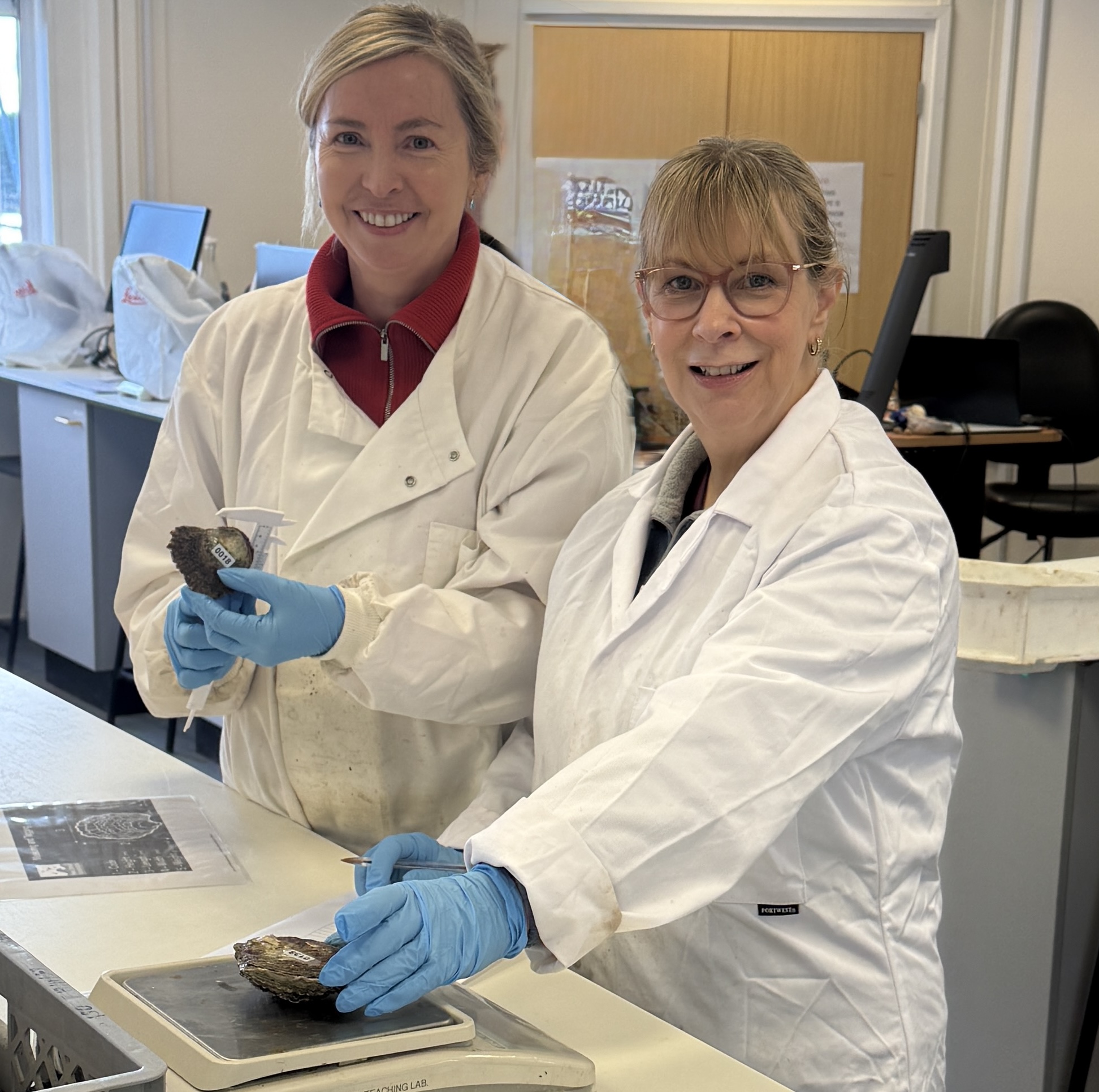
Supporting Local Sustainability: Restoring Native Oysters to the Solent
iProtectU is proud to support the Final Straw Foundation’s Native Oyster Restoration Project, helping restore
Health and Safety Software » Health and Safety Software News » Health and Safety » School Safeguarding Strategies

There are several safeguarding strategies that schools can put in place to protect children. These include:
Creating a safe and supportive environment
Schools should create an environment where children feel safe and comfortable to talk to staff about any concerns they have. This means having a clear safeguarding policy in place and ensuring that all staff are aware of their responsibilities. It also means creating a culture of openness and honesty, where children know that they will be listened to and believed.
Training staff
All school staff should be trained on safeguarding. This training should cover the different types of abuse and neglect, how to identify signs of abuse, and what to do if they suspect that a child is being abused.
Having a clear safeguarding policy
Schools should have a clear safeguarding policy in place. This policy should set out the school’s procedures for dealing with suspected abuse and neglect. It should also be made available to all staff, parents, and pupils.
Working with other agencies
Schools should work with other agencies, such as the police and social services, to safeguard children. This means being aware of the roles and responsibilities of other agencies and being able to refer cases to them when necessary.
Monitoring and evaluating safeguarding procedures
Schools should regularly monitor and evaluate their safeguarding procedures to ensure that they are effective. This includes periodically reviewing the safeguarding policy, training staff, and carrying out audits.
Child protection training for all staff
All school staff should receive child protection training. This training should cover the following topics: the different types of abuse and neglect; how to identify signs of abuse; what to do if you suspect that a child is being abused and the school’s safeguarding policy and procedures.
Designate a Safeguarding lead
Each school should have a designated safeguarding lead (DSL). This person is responsible for coordinating the school’s safeguarding response. They should also be able to provide advice and support to other staff members.
Designate a Safeguarding governor
Each school should also have a safeguarding governor. This governor is responsible for overseeing the school’s safeguarding arrangements.
Reporting suspected abuse
If a school member suspects that a child is being abused, they must report it to the DSL immediately. The DSL will then decide on the appropriate course of action.
Home-school communication
Schools should maintain good communication with parents and carers. This will help to identify any potential problems at home and ensure that children are supported.
Curriculum
Schools can teach children about safeguarding through the curriculum. This includes teaching them about the different types of abuse and neglect, how to identify signs of abuse, and what to do if they are being abused.
Extracurricular activities
Schools can also promote safeguarding through extracurricular activities. For example, they can run clubs on topics such as bullying prevention and online safety.
Peer support
Schools can encourage children to support each other. This can be done by setting up peer support groups or by simply encouraging children to talk to each other about any concerns they have.
Other specific measures
The school should work on implementing anti-bullying policies and procedures; promoting positive mental health and well-being; teaching children about their rights and how to stay safe and creating a culture of respect and tolerance.
The iProtectU health and safety software provides:
Arrange your demonstration
Let us show you how we can transform your health and safety, risk and compliance management
Please choose a date and time for your demo. We look forward to meeting with you.

iProtectU is proud to support the Final Straw Foundation’s Native Oyster Restoration Project, helping restore

When a national voice like IBEC publishes your perspective, it matters.
This week, iProtectU

Modern HSE software has evolved into a strategic necessity, empowering organisations to manage risk proactively,

Managing personal protective equipment (PPE) doesn’t have to be a paperwork struggle. With iProtectU, safety

From work experience to an Amazon internship. Read how iProtectU helped empower a young talent

Modern organisations face increasing complexity when managing suppliers and contractors. Manual methods like spreadsheets and